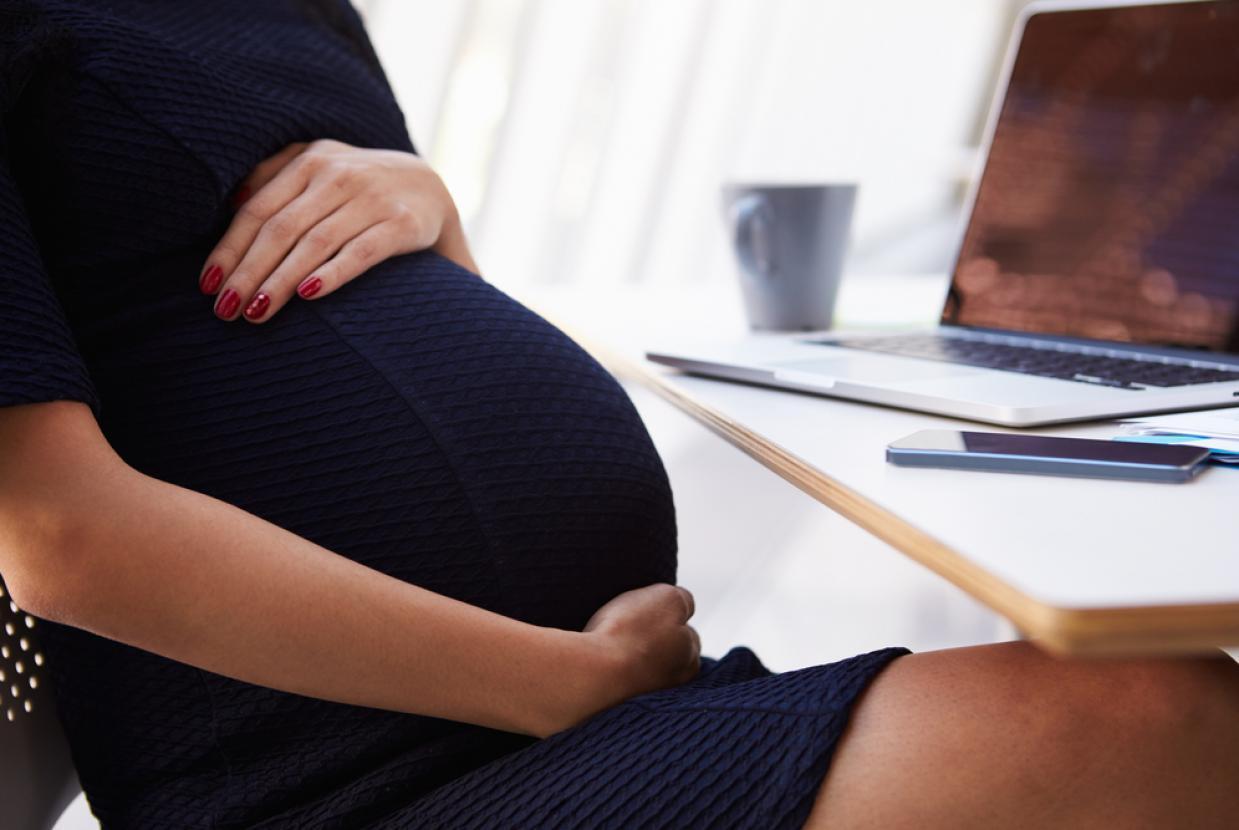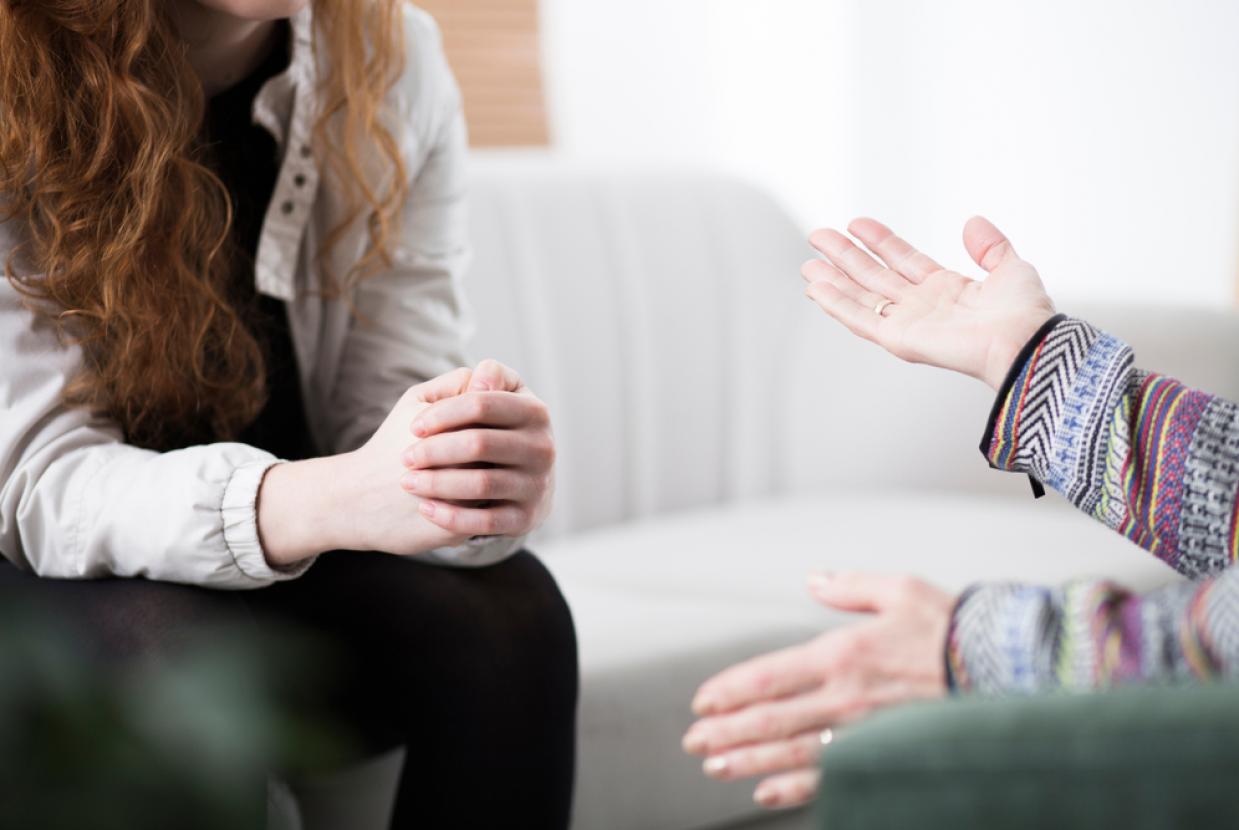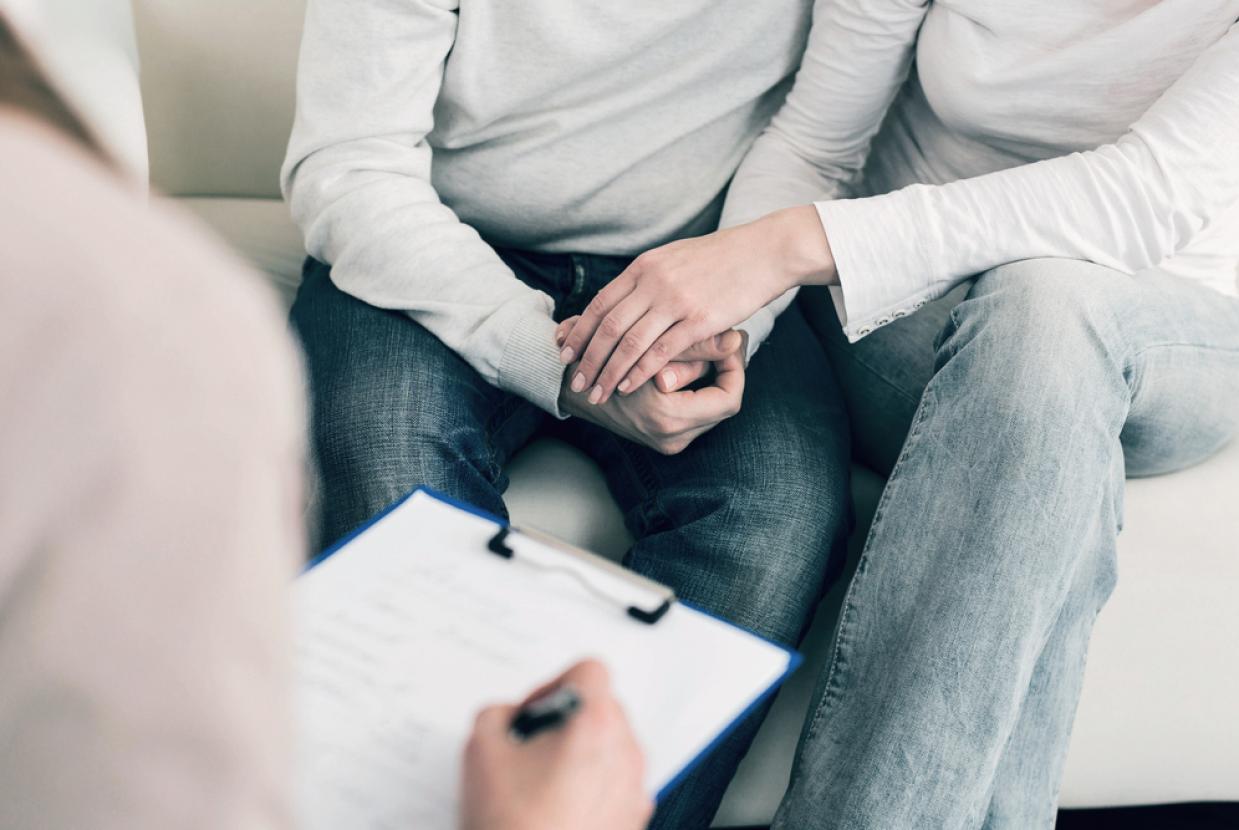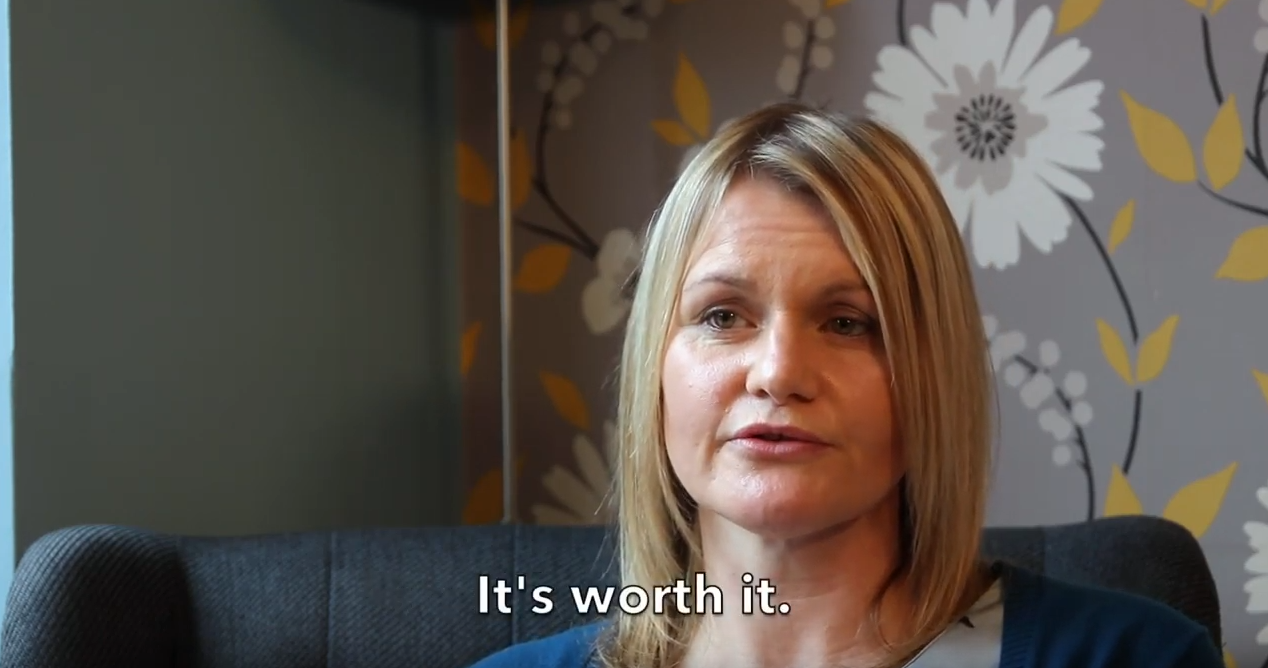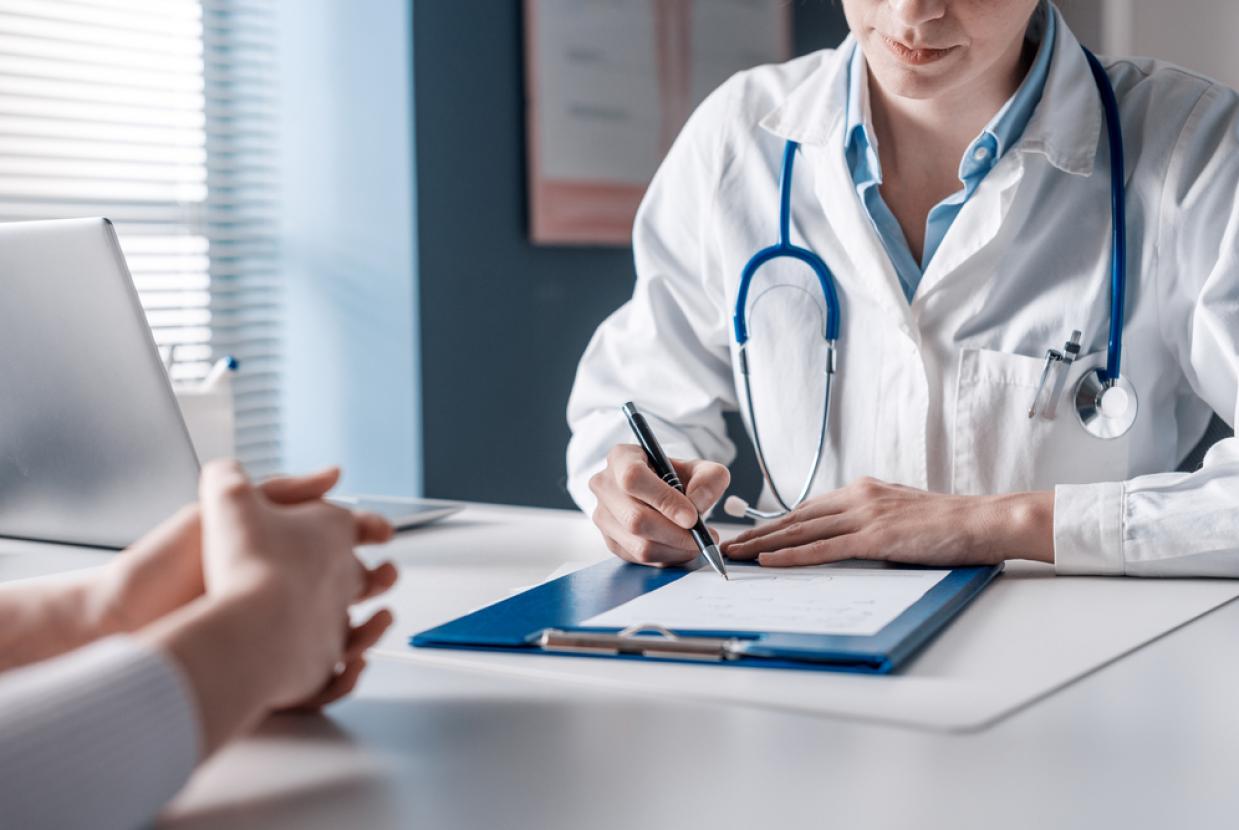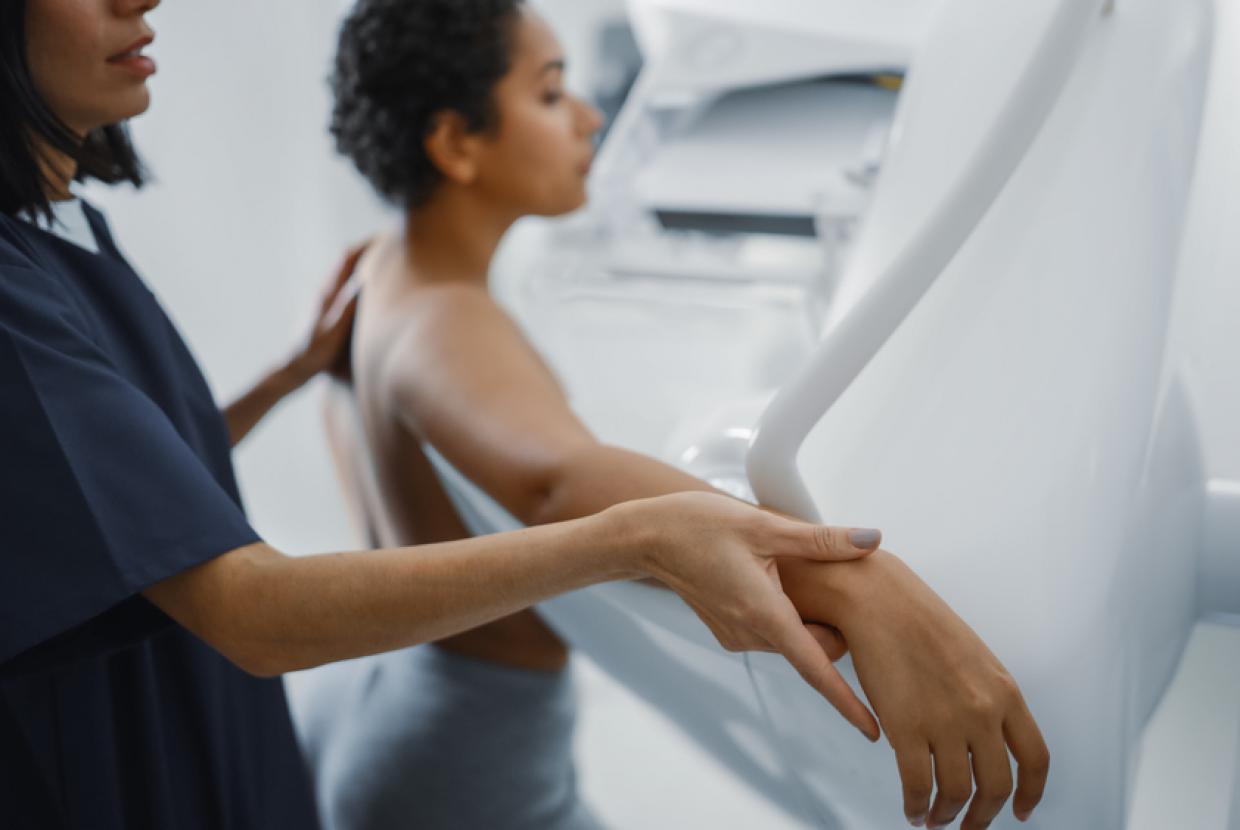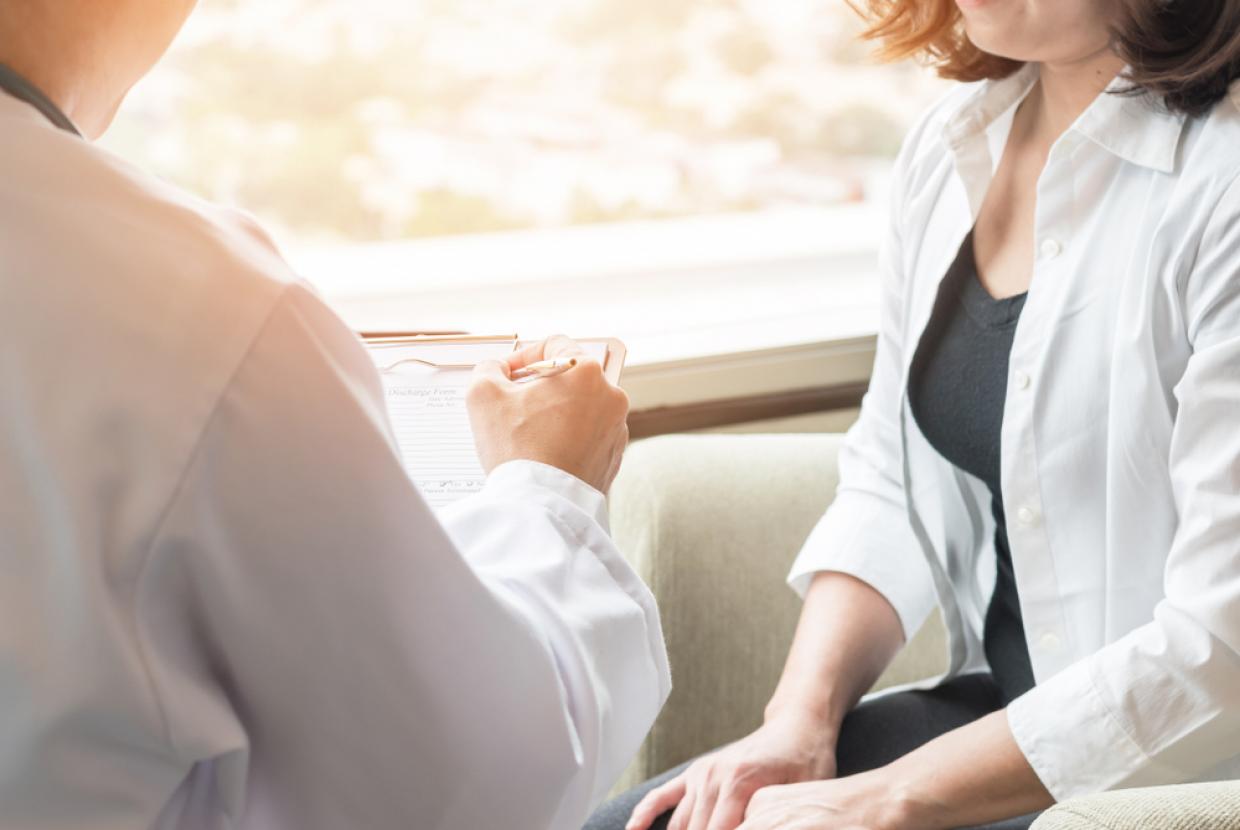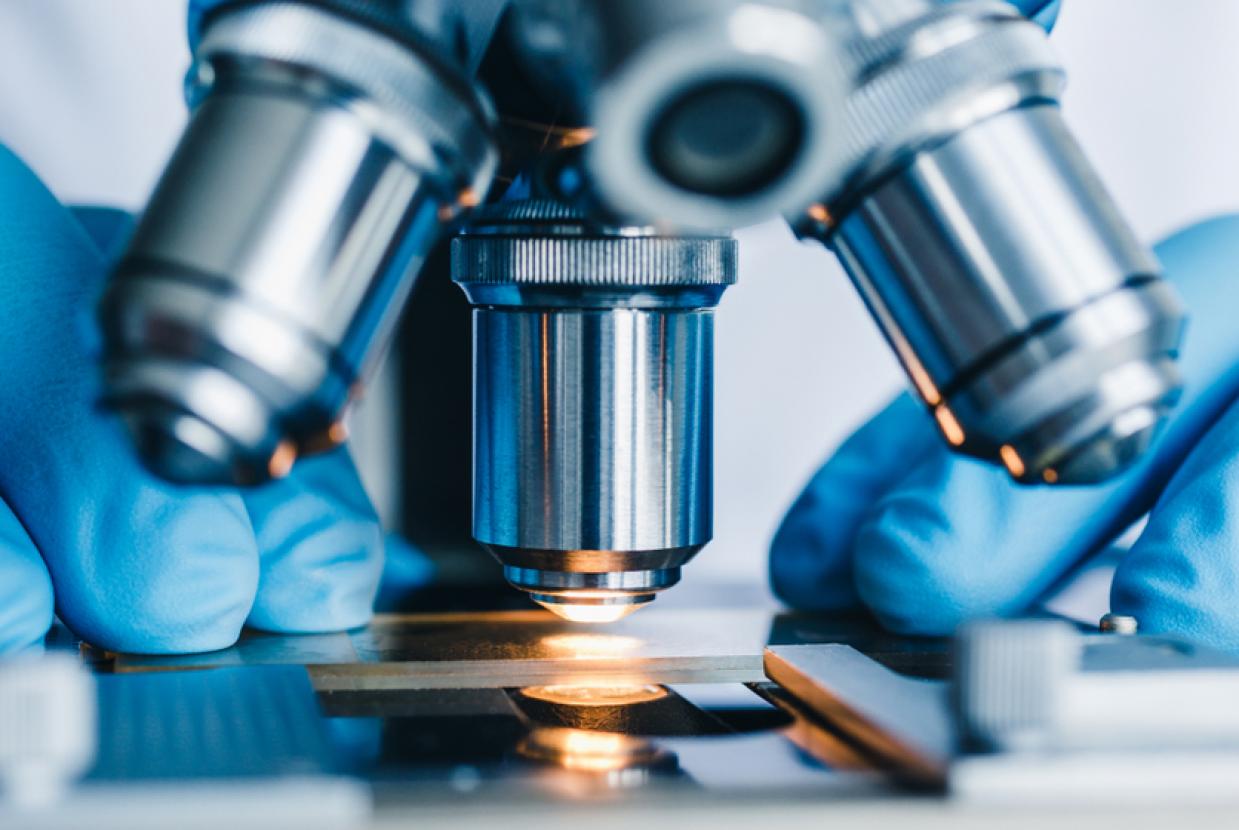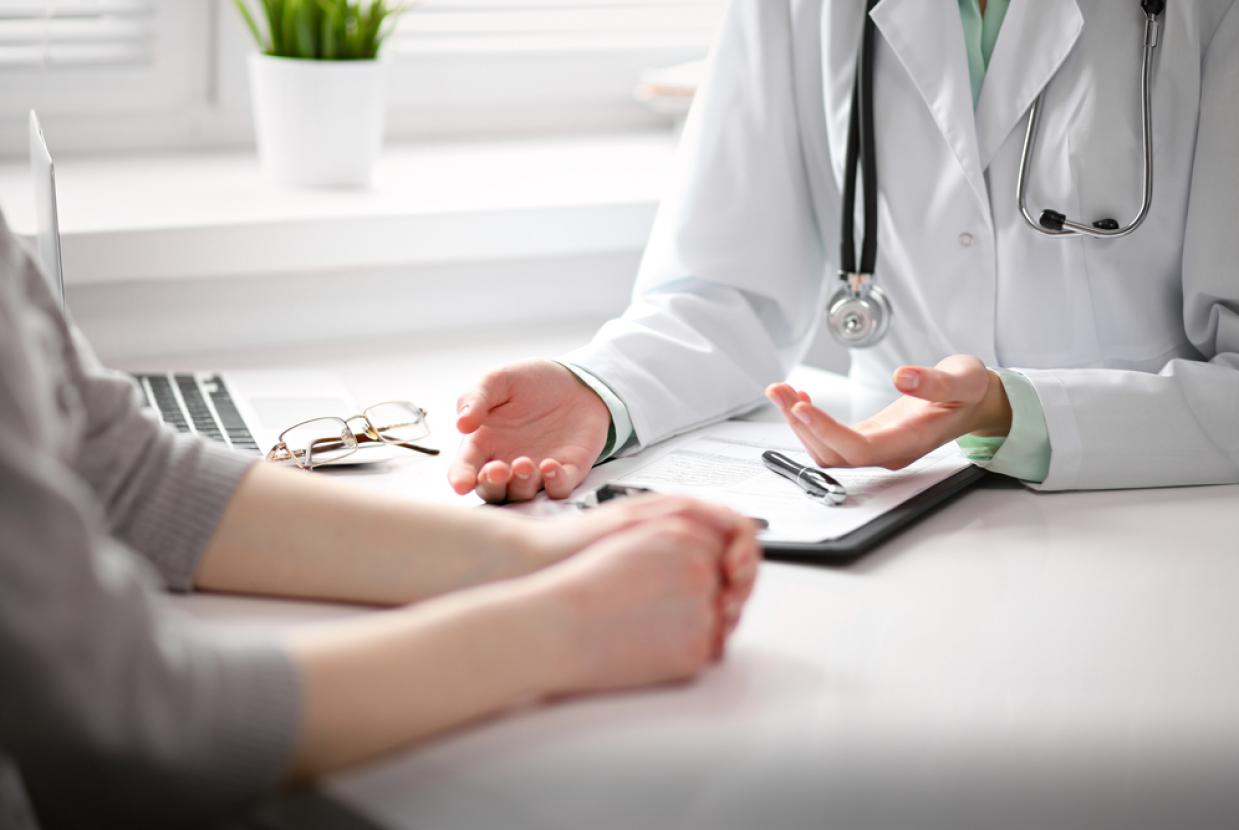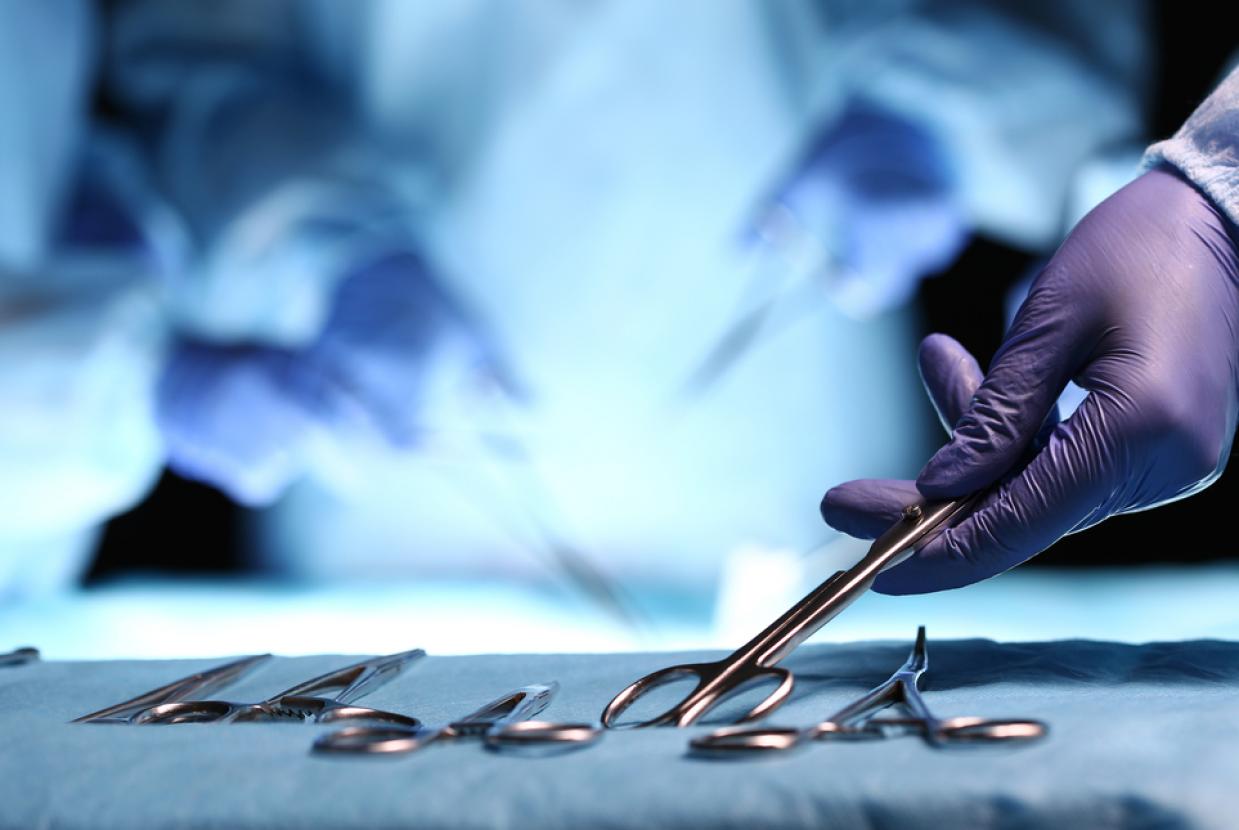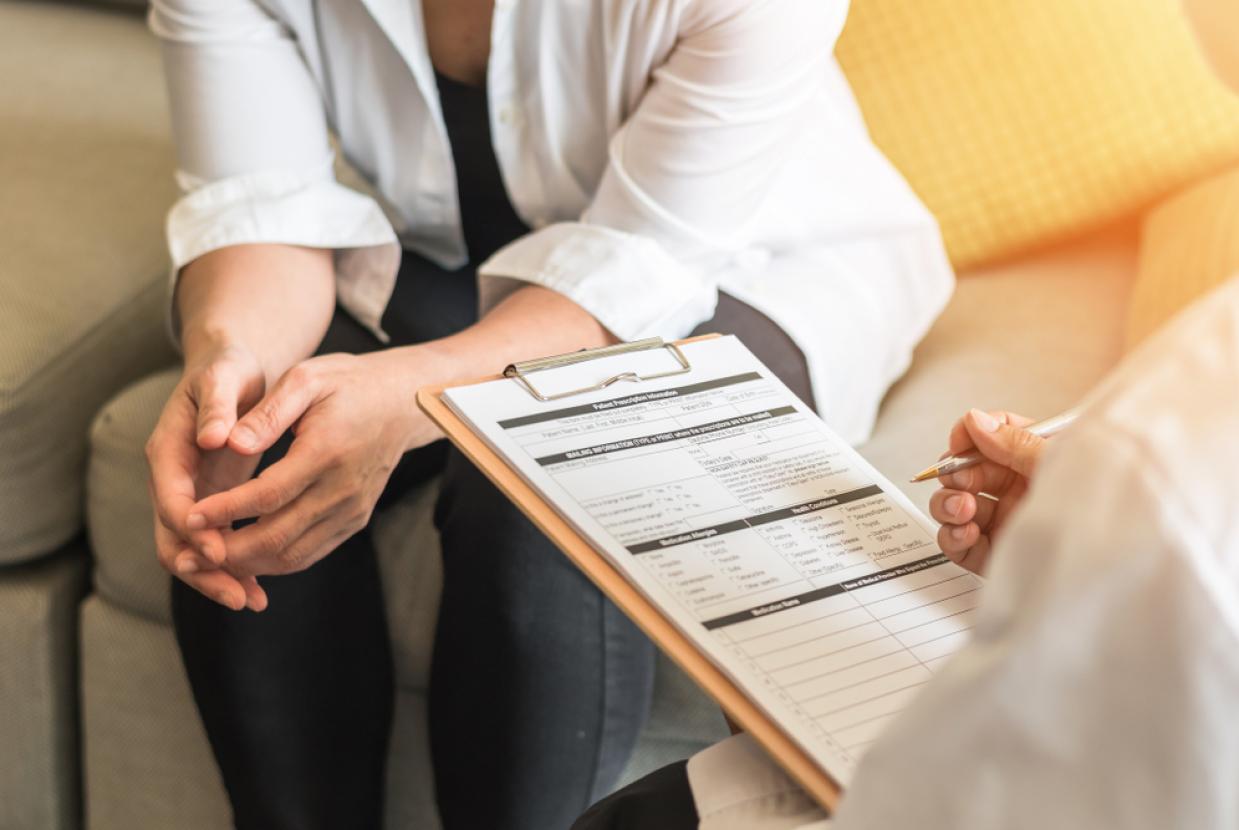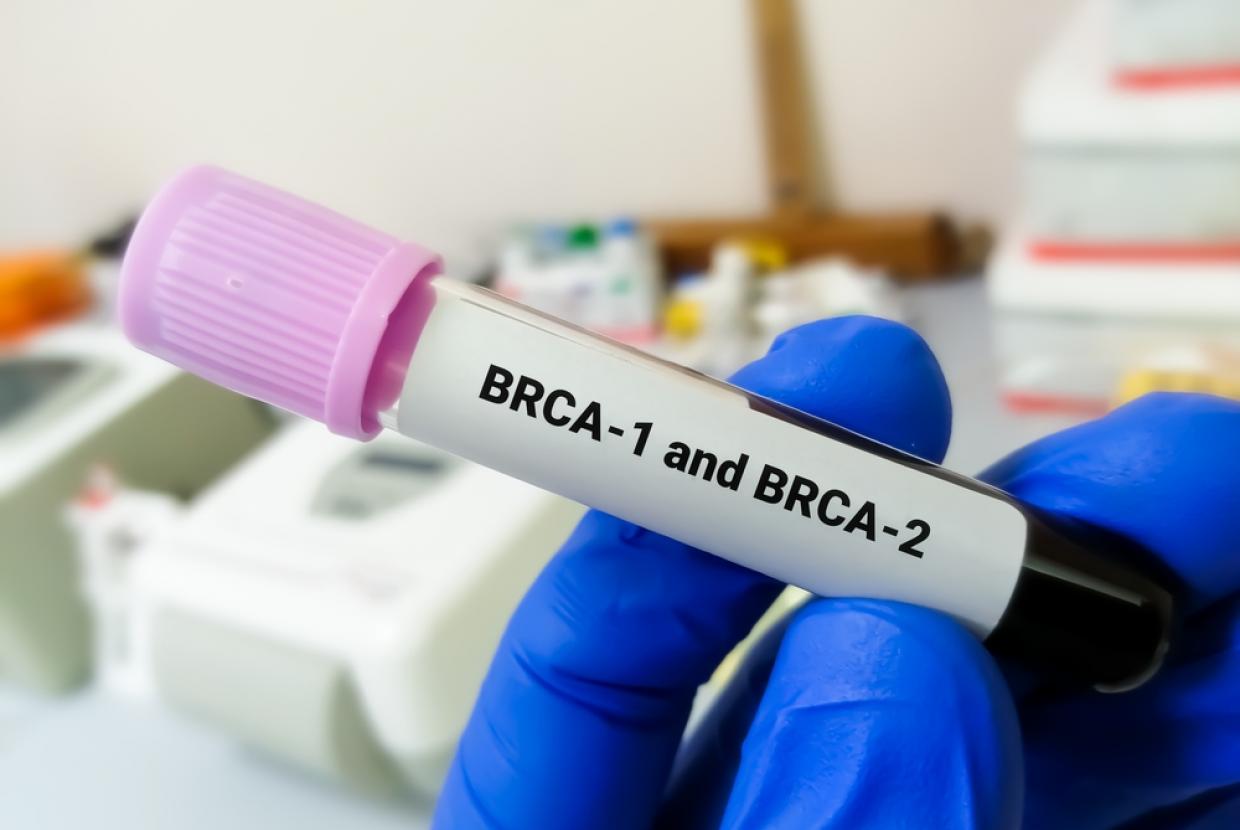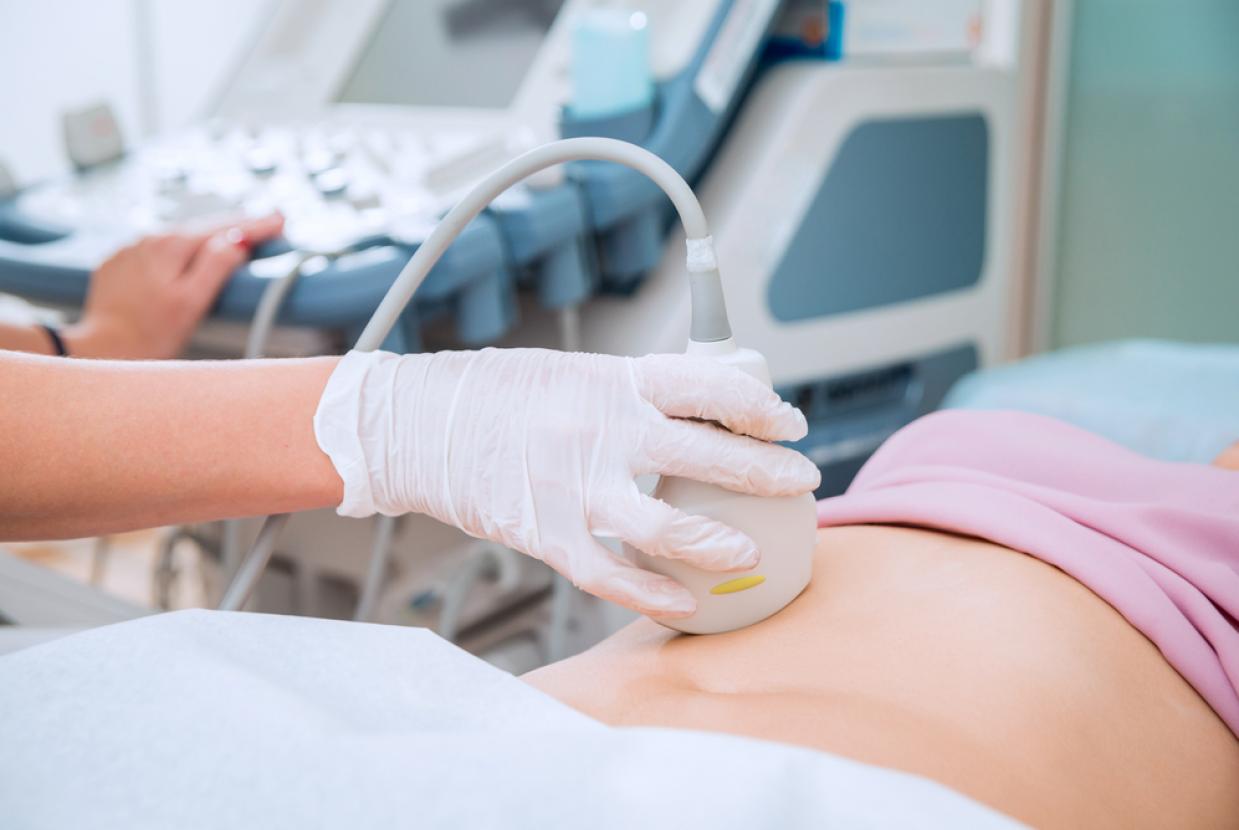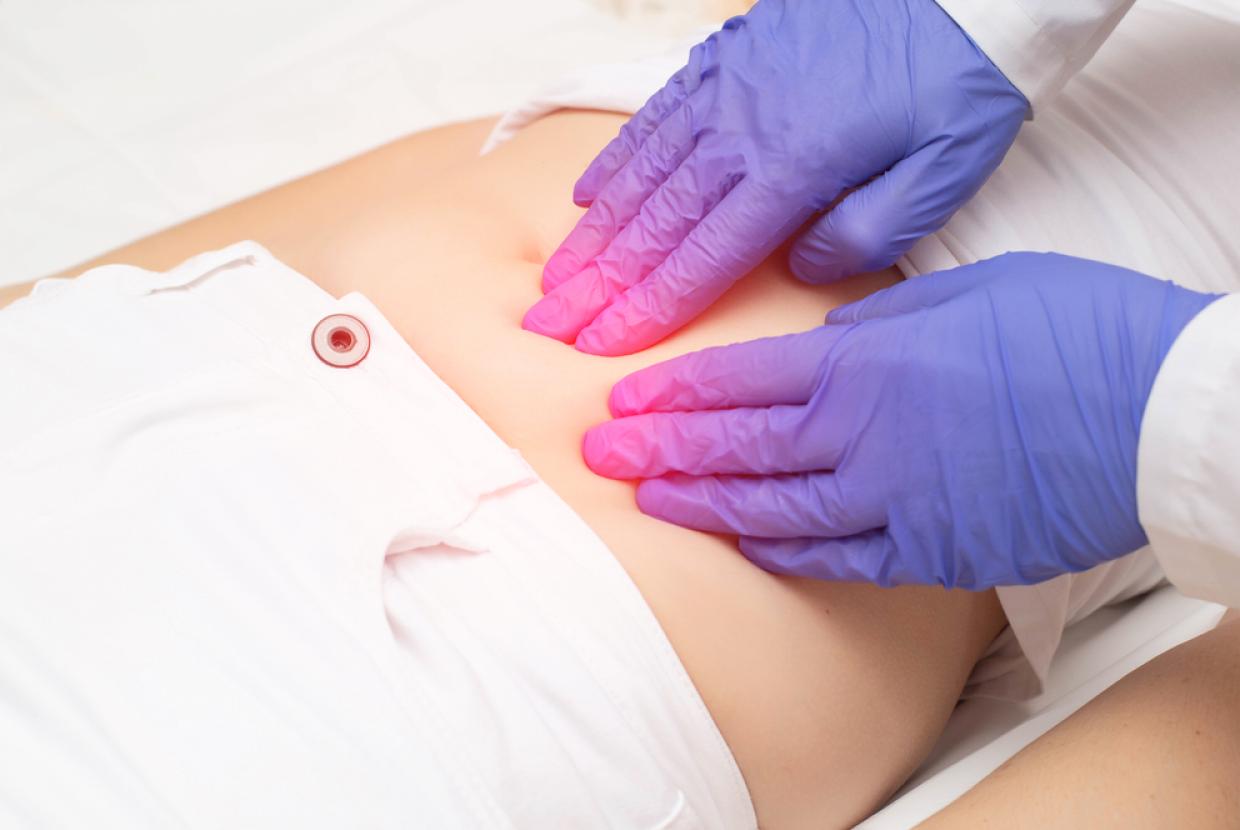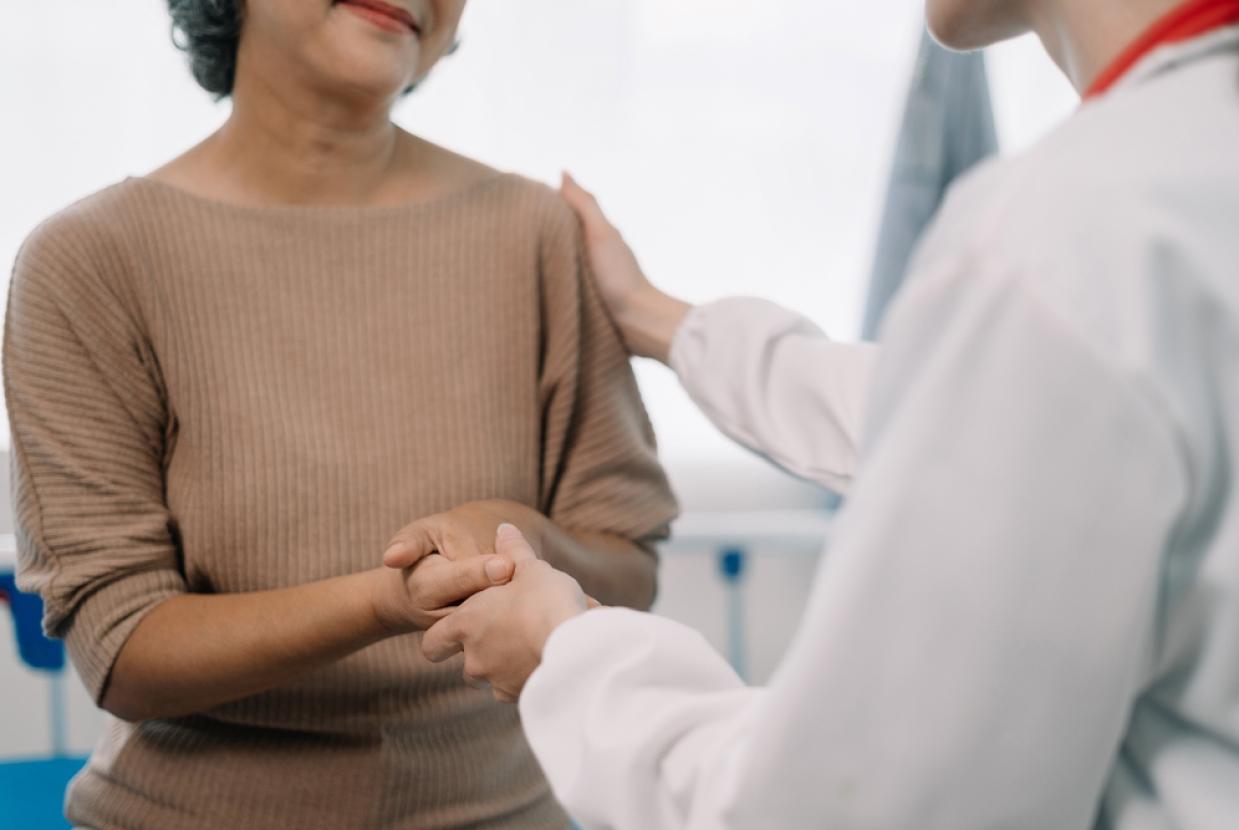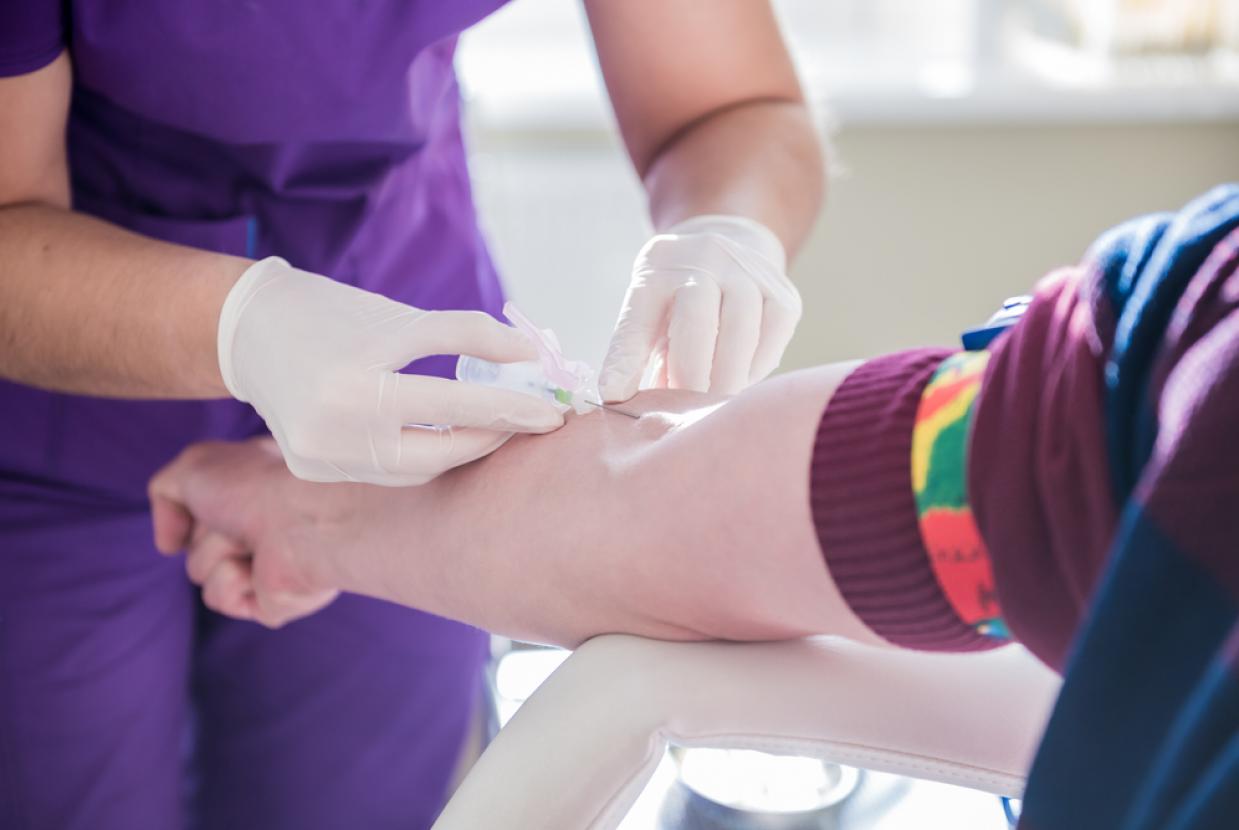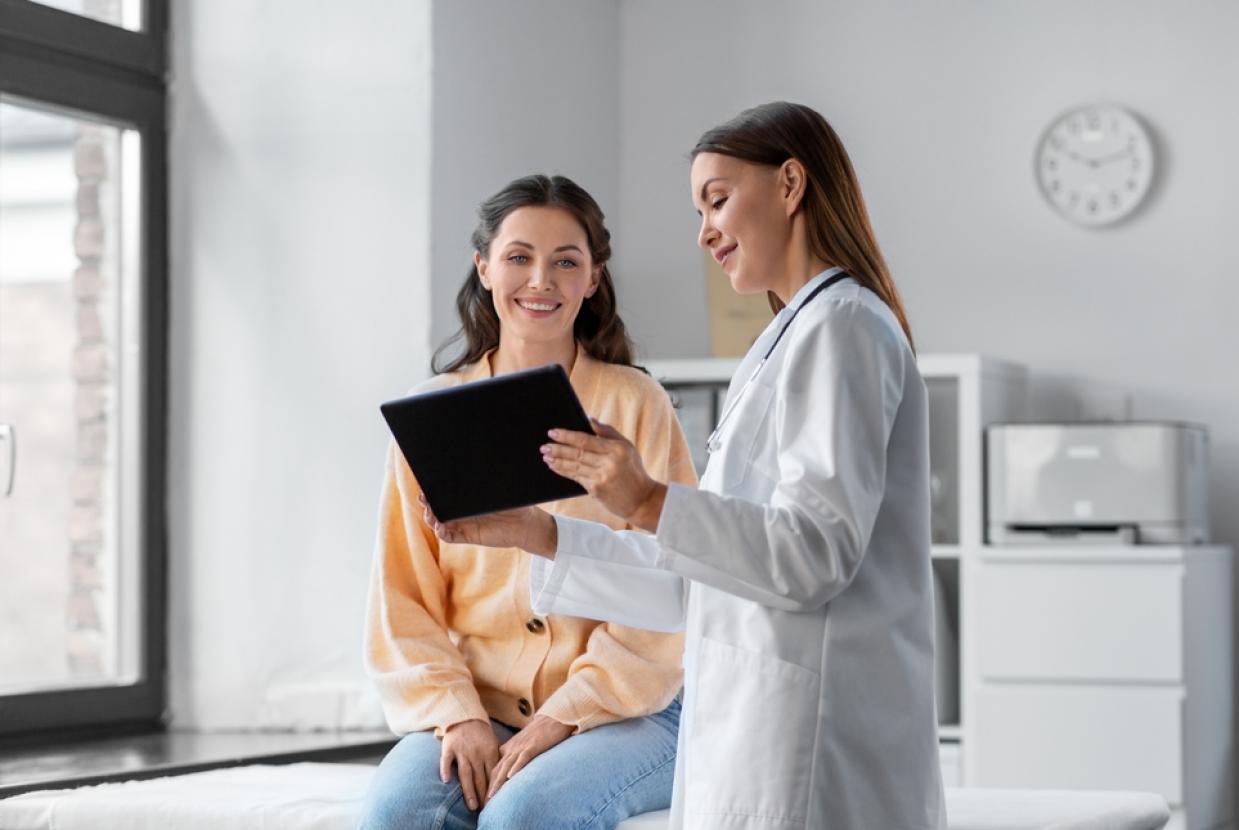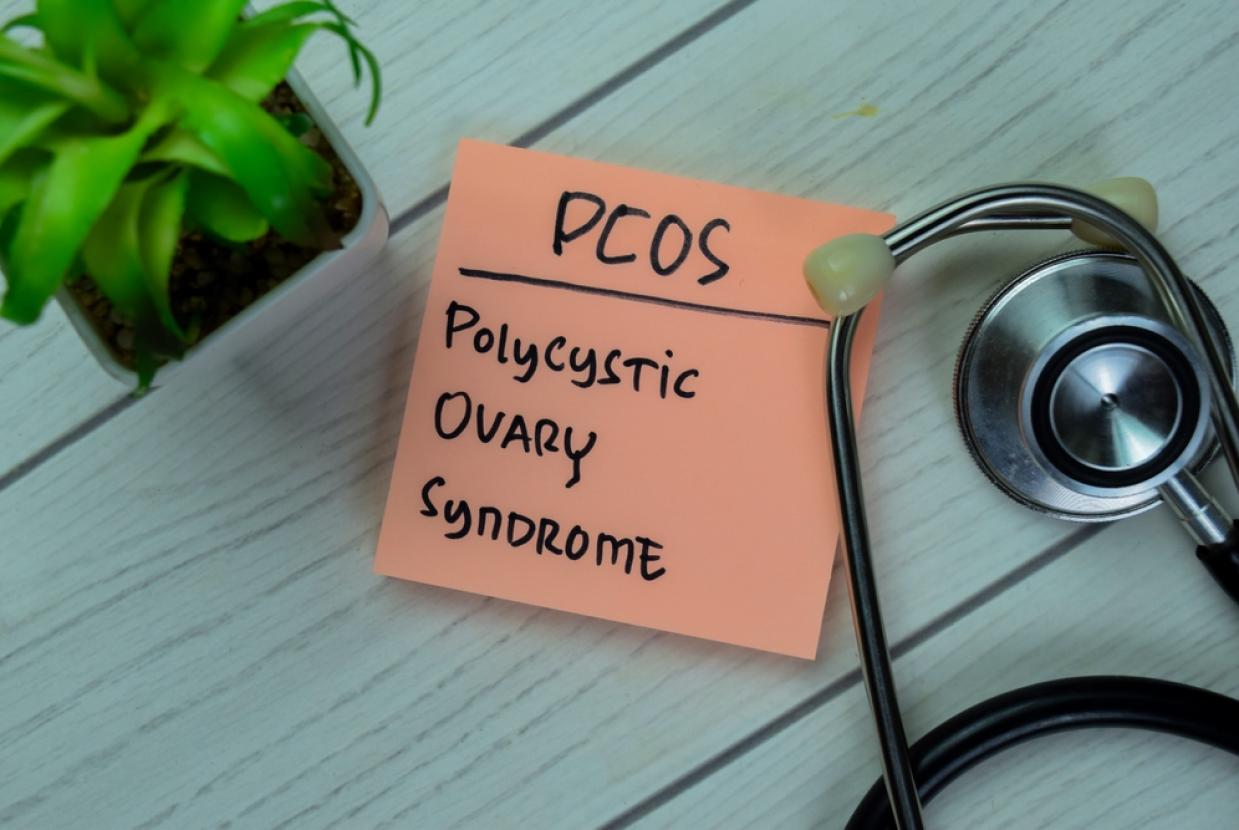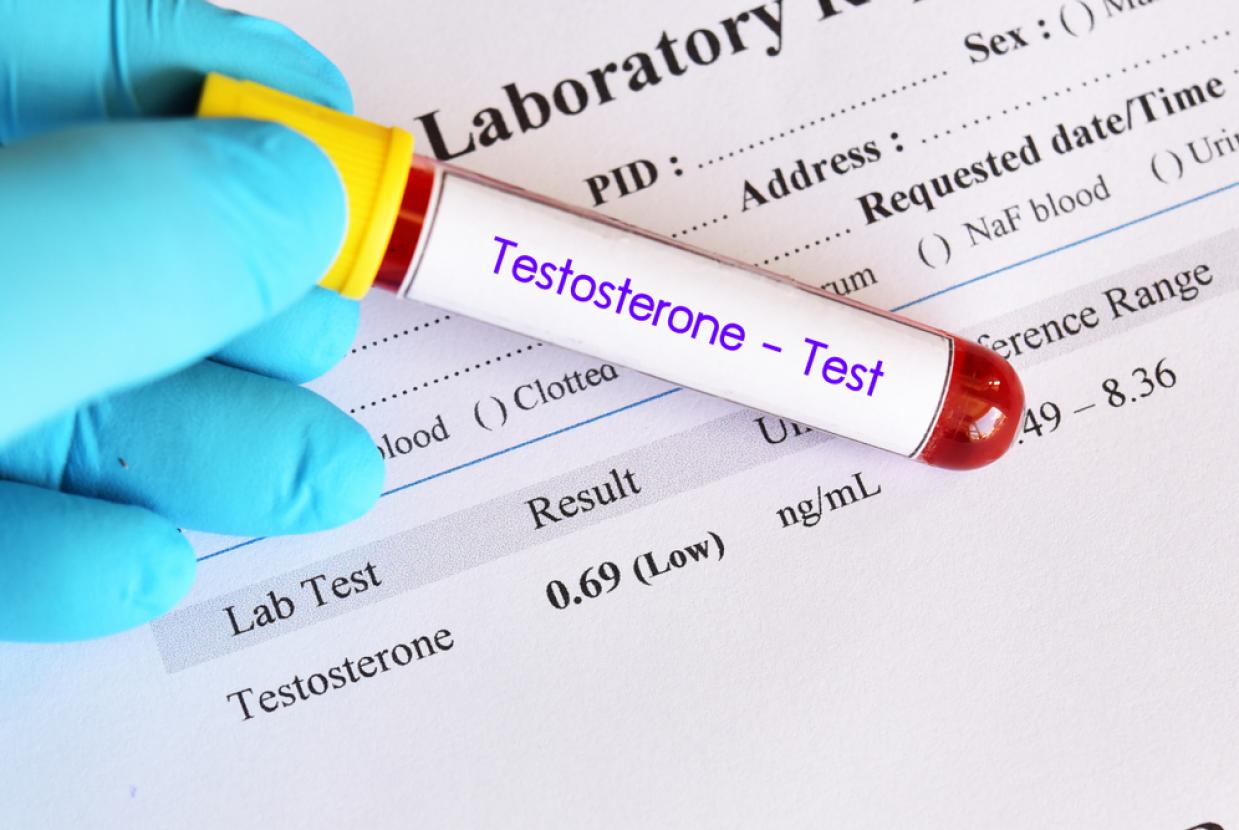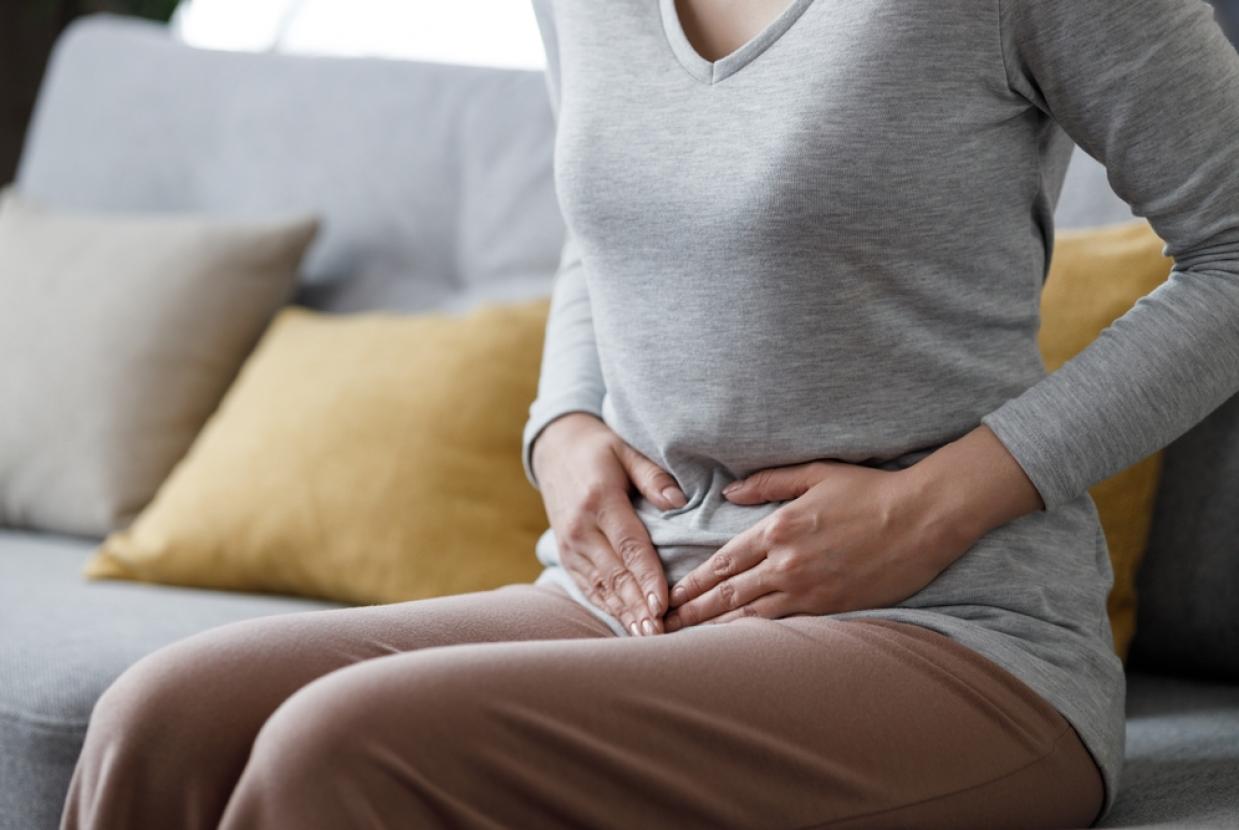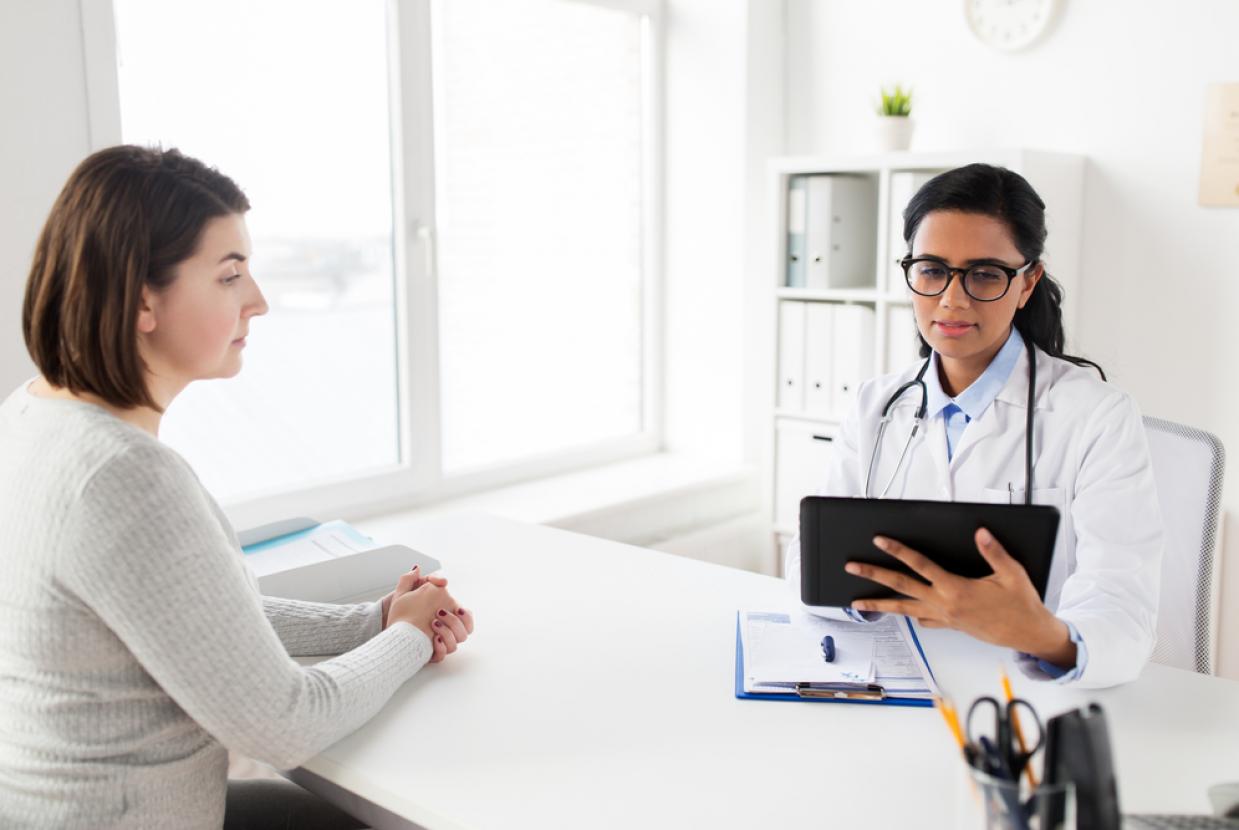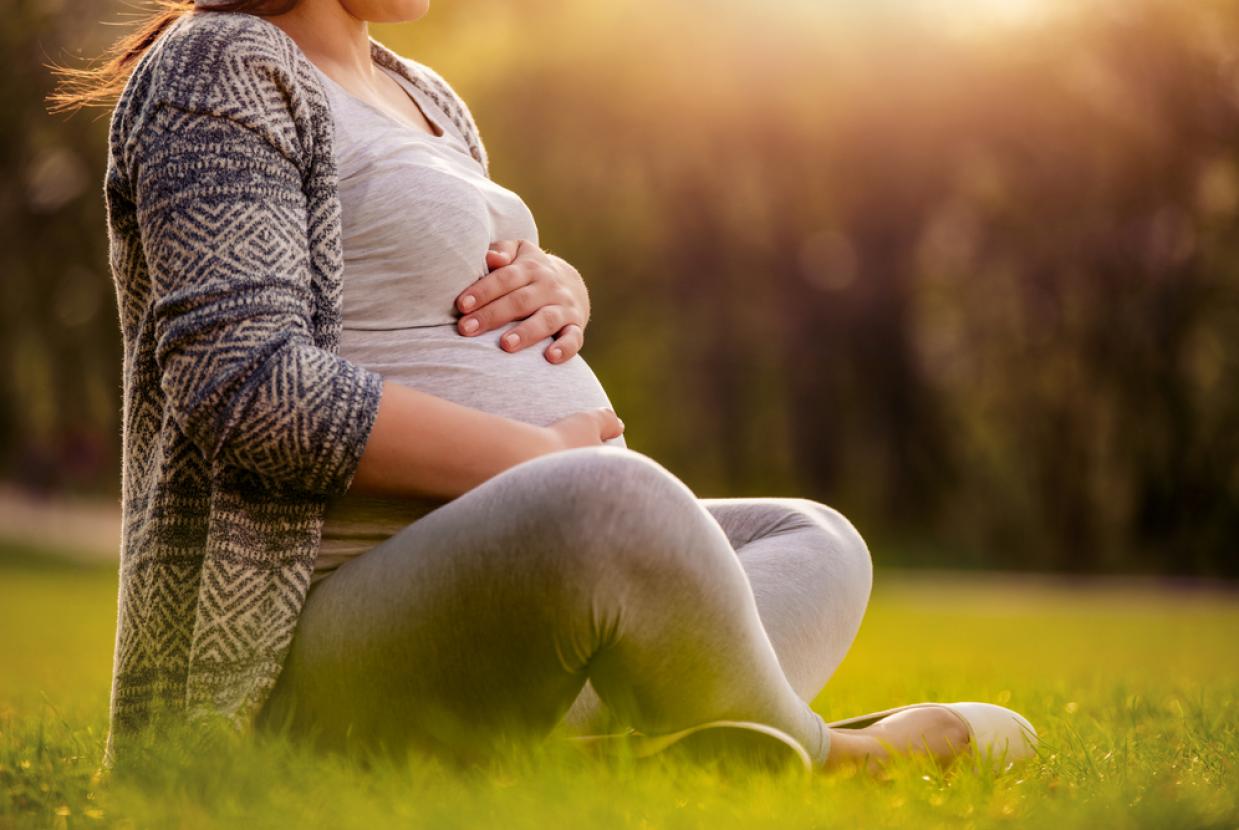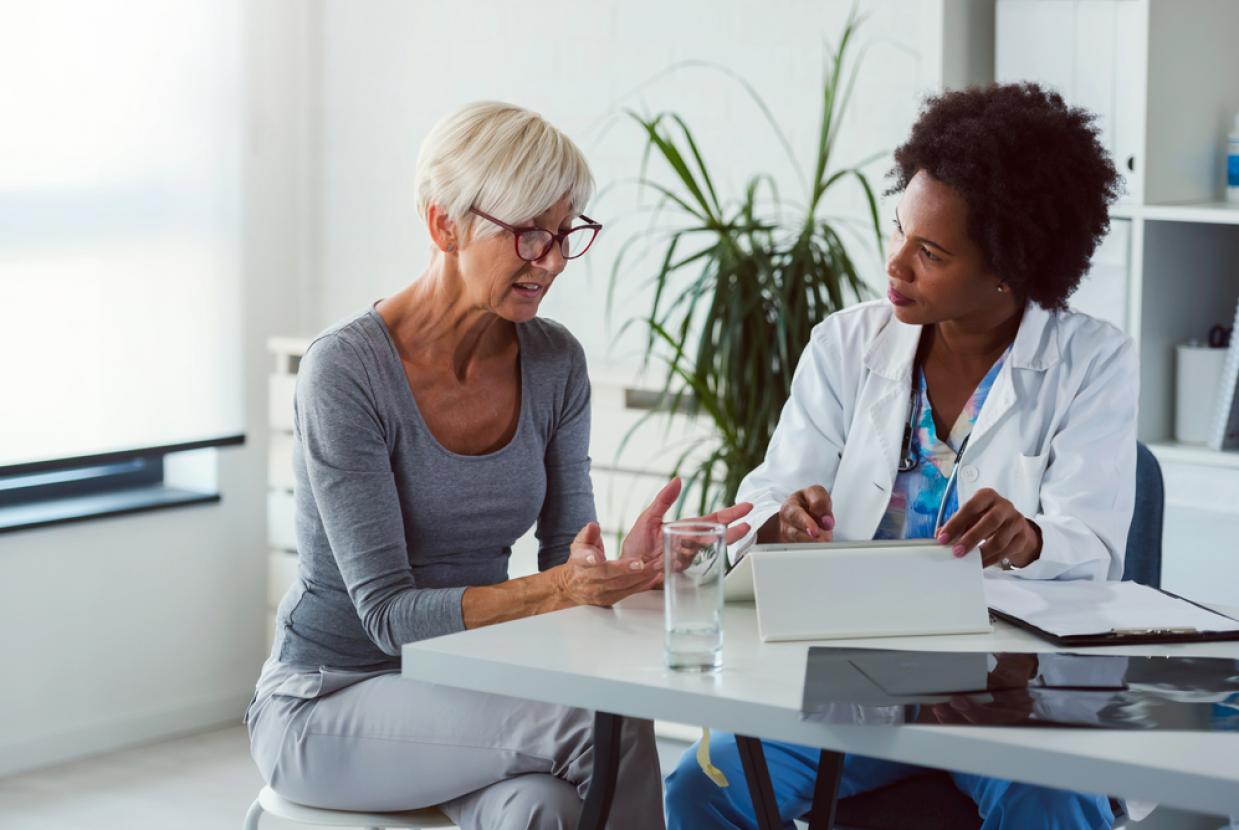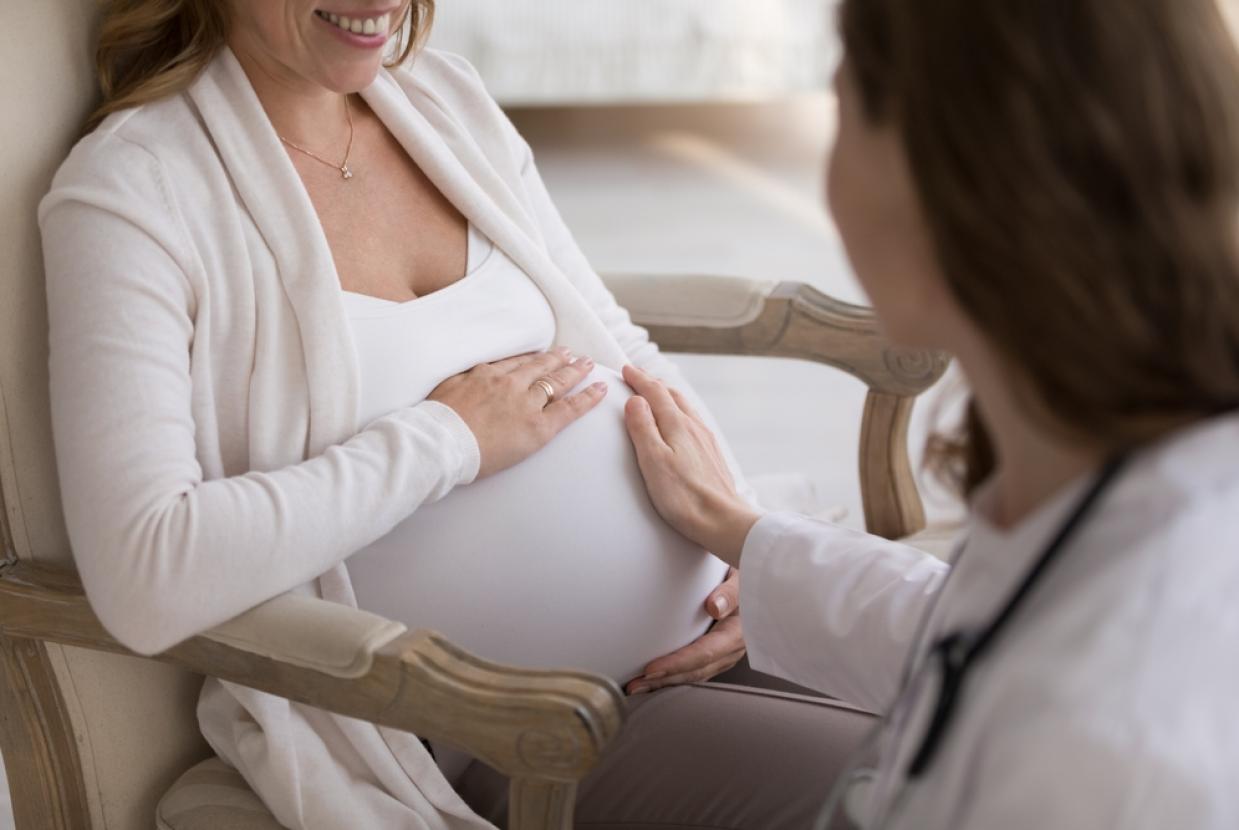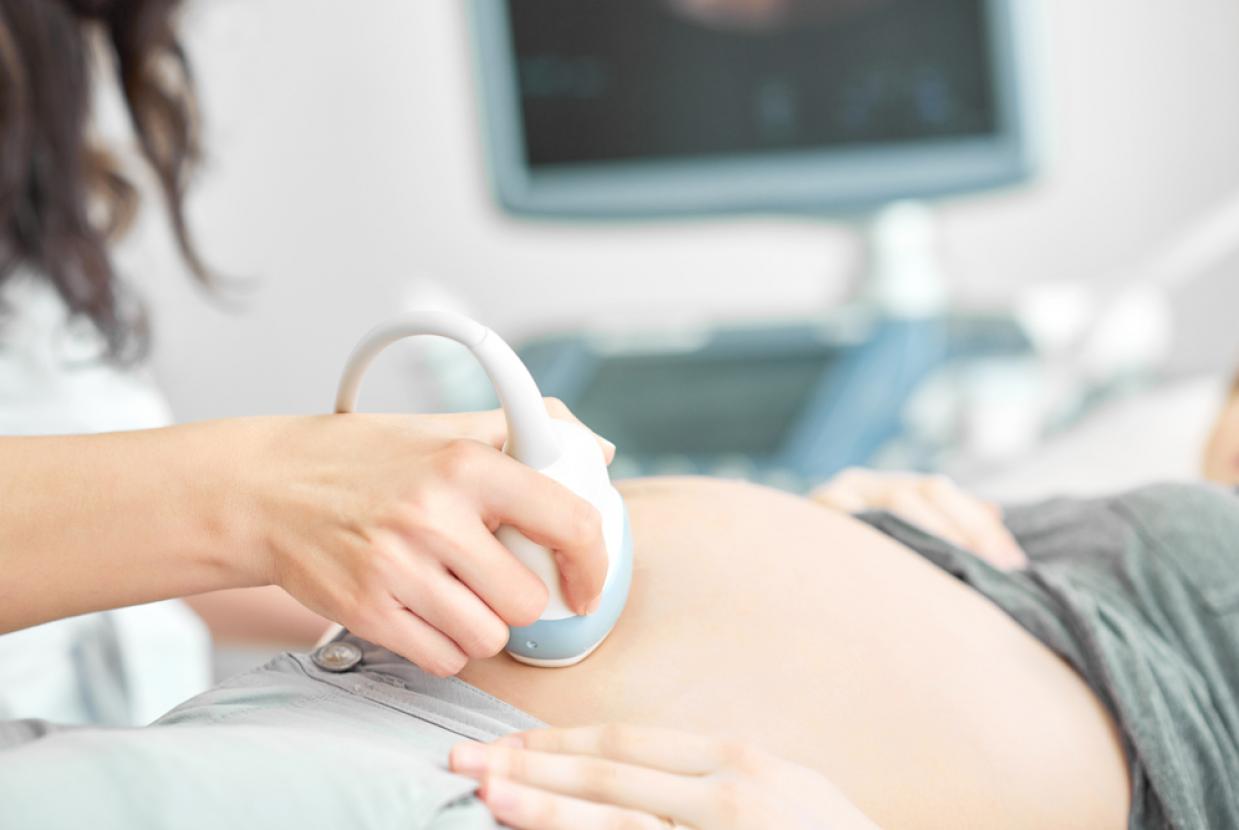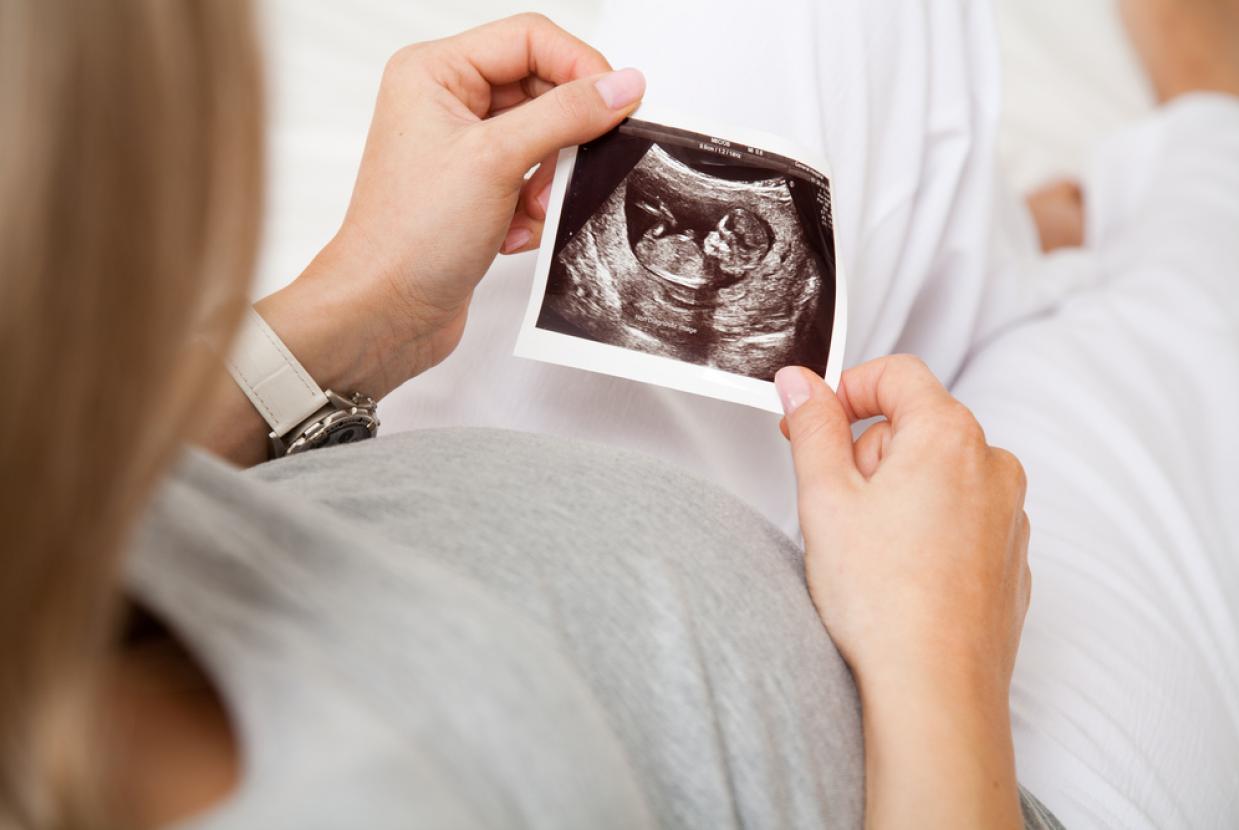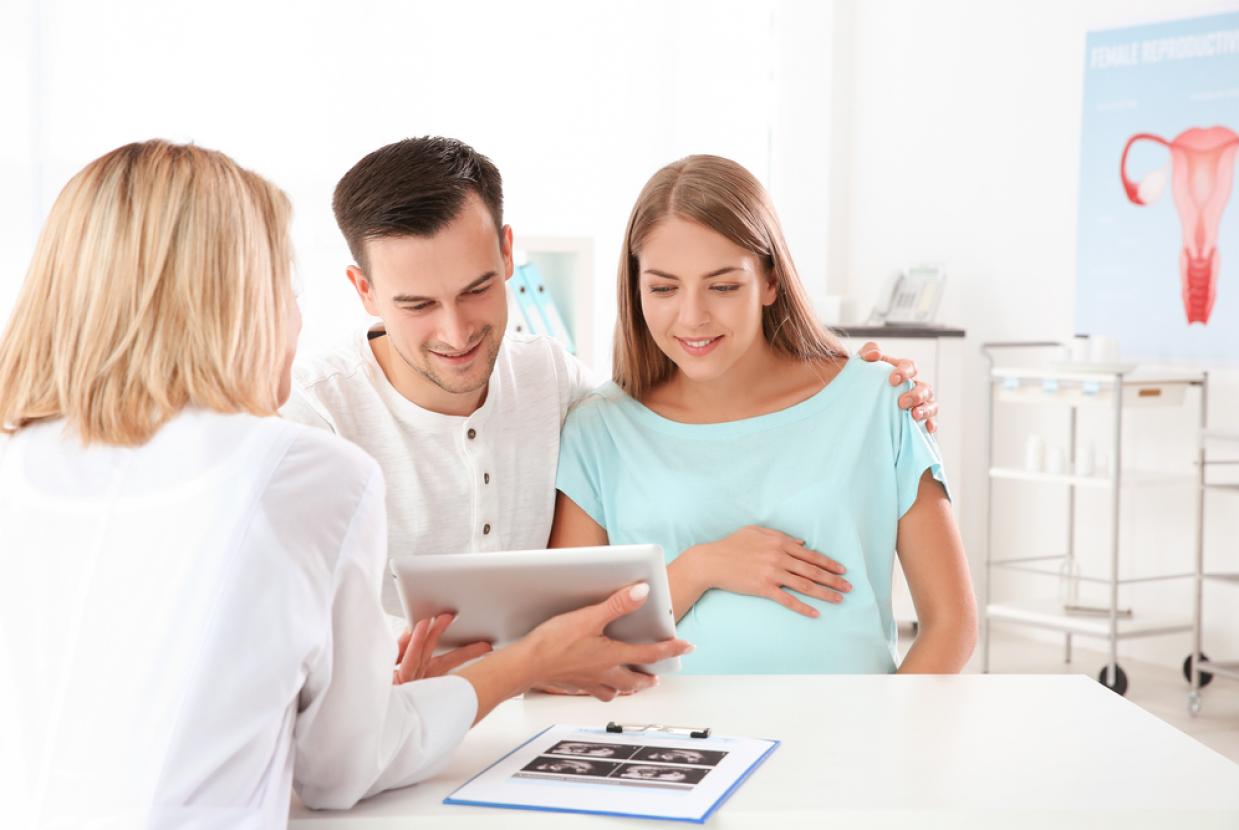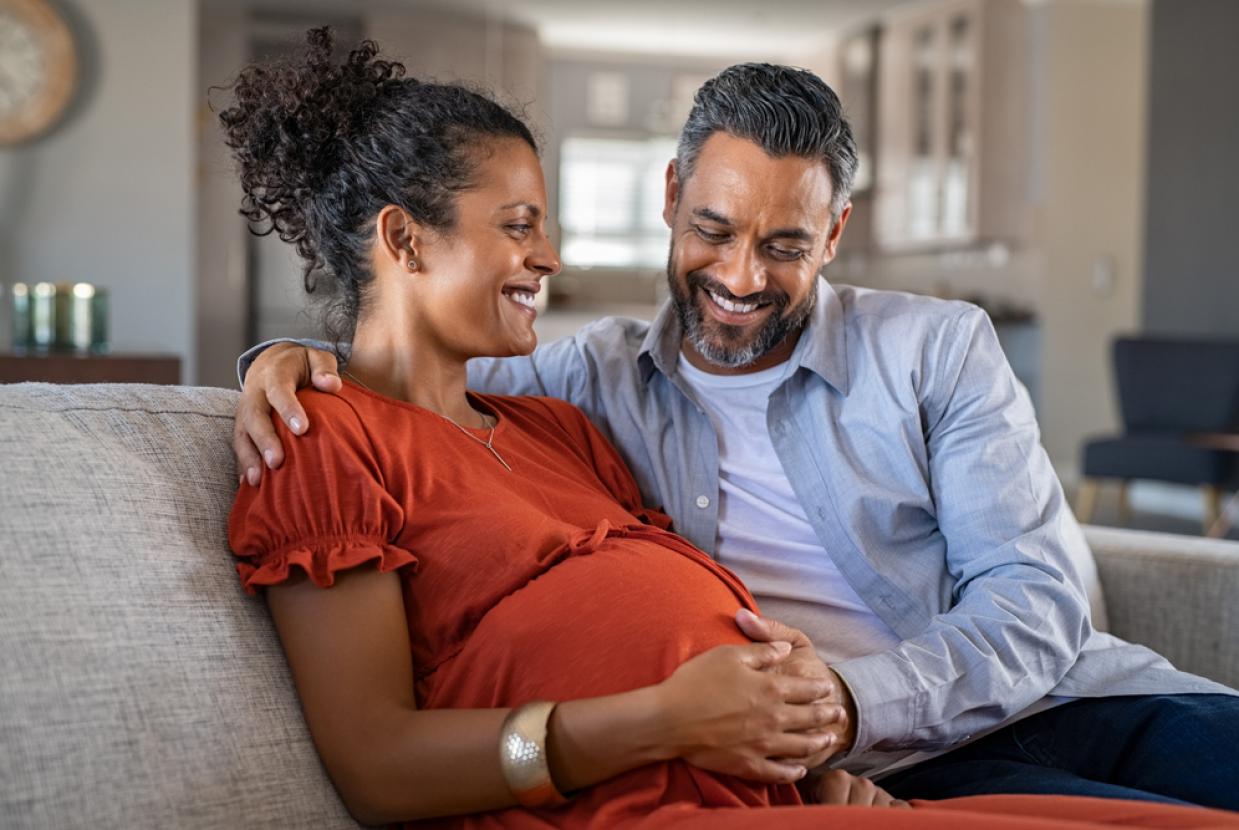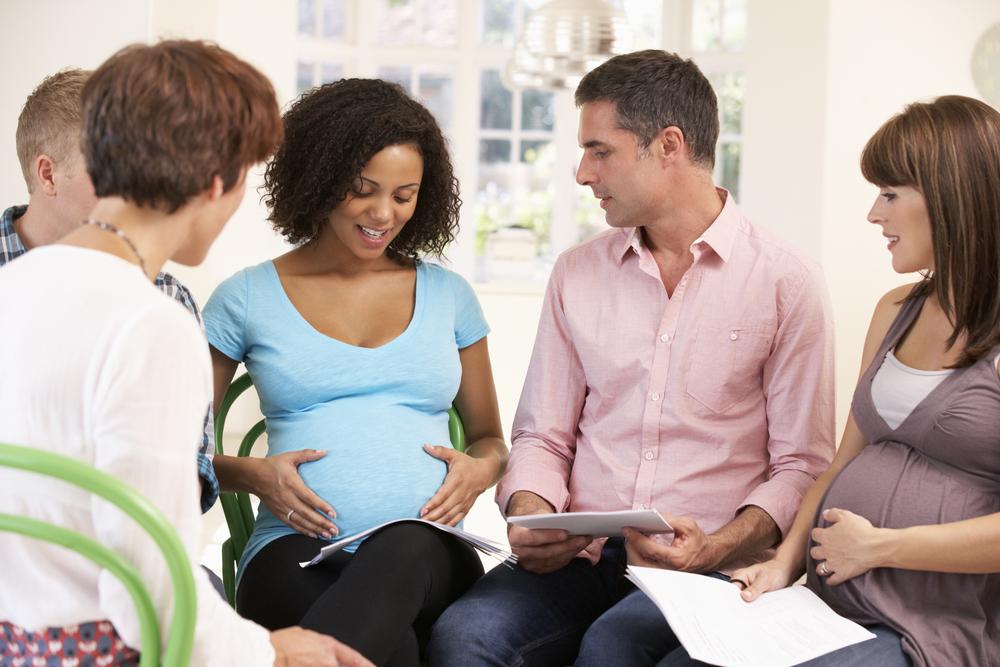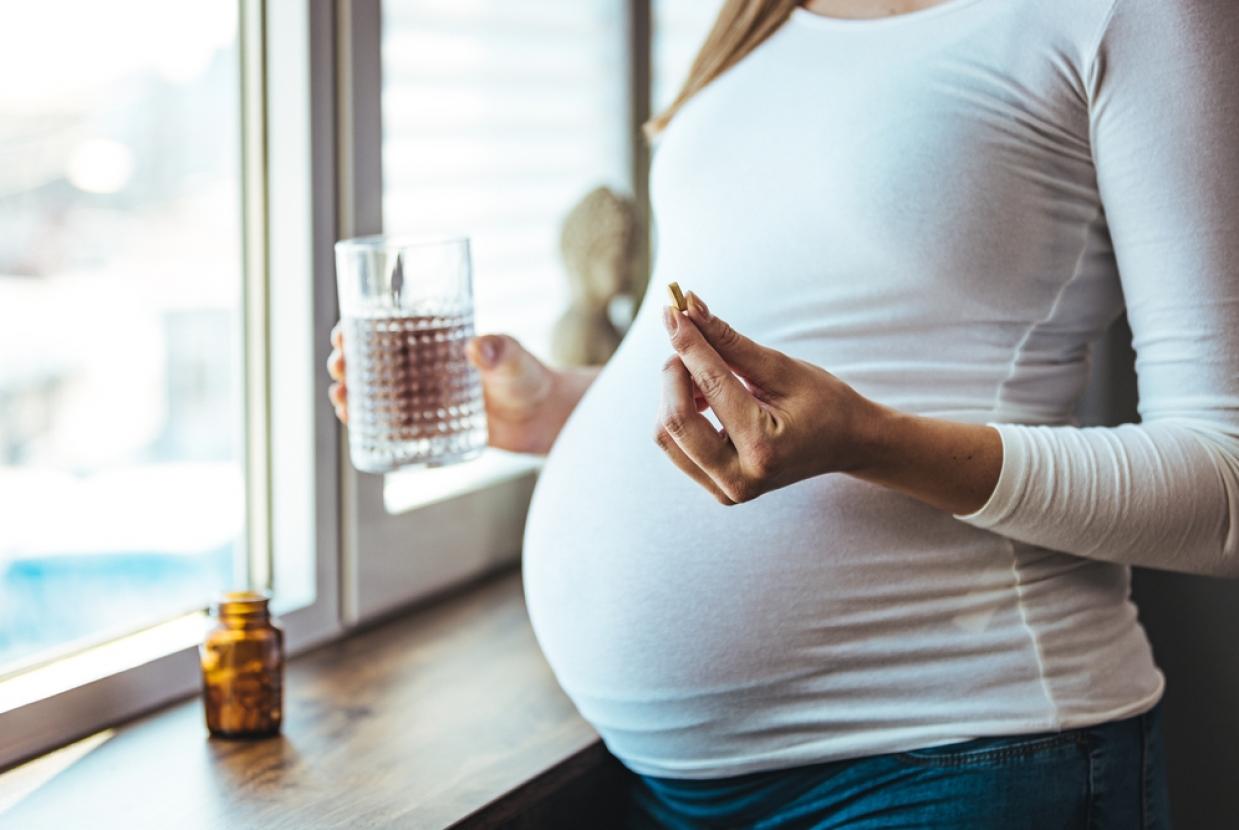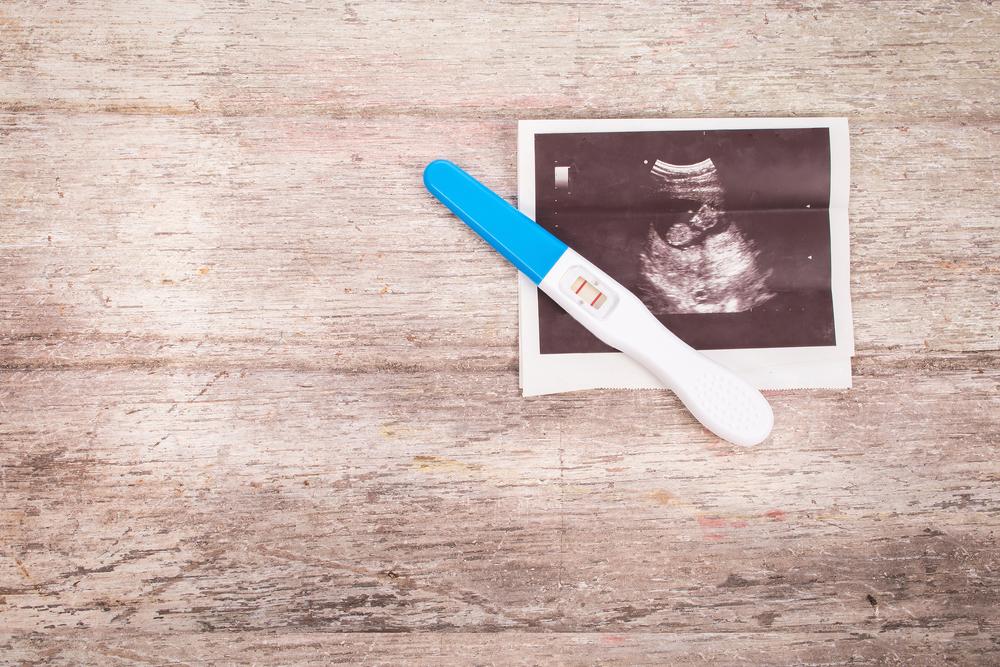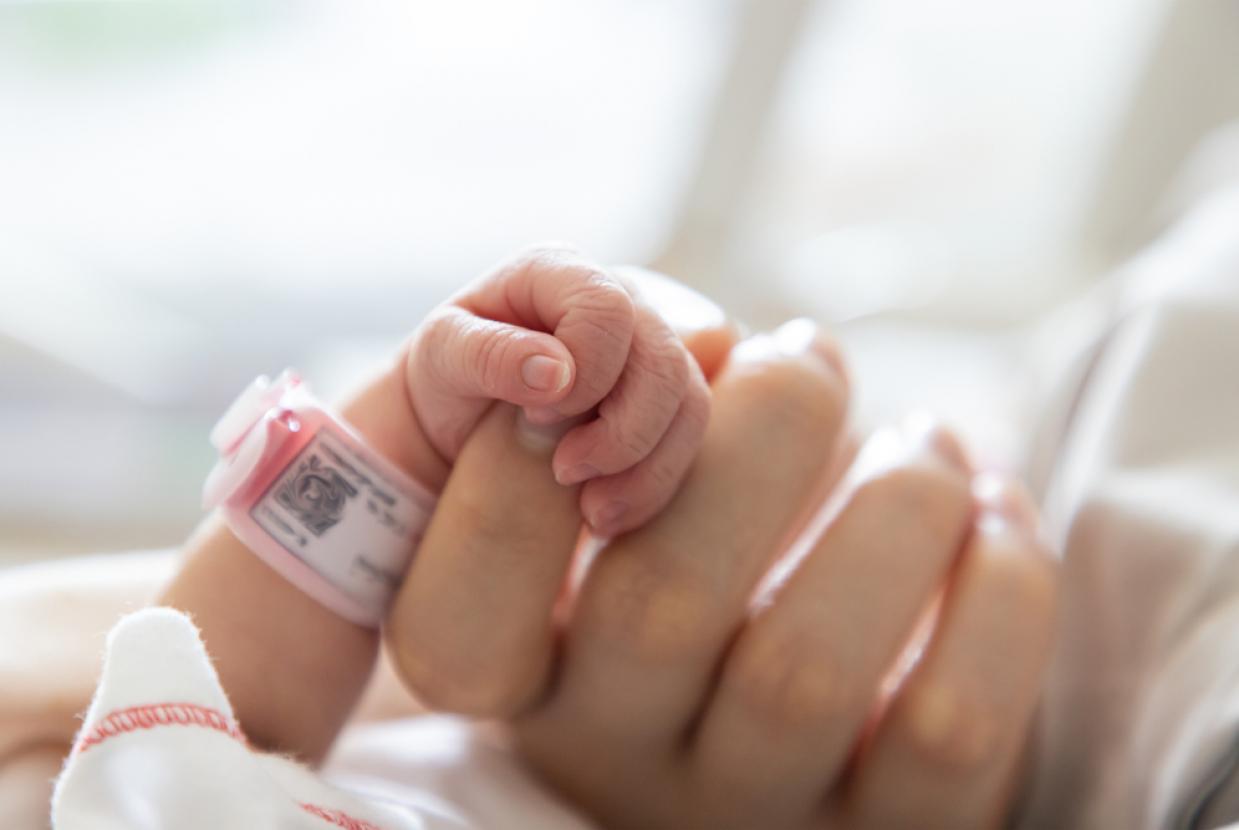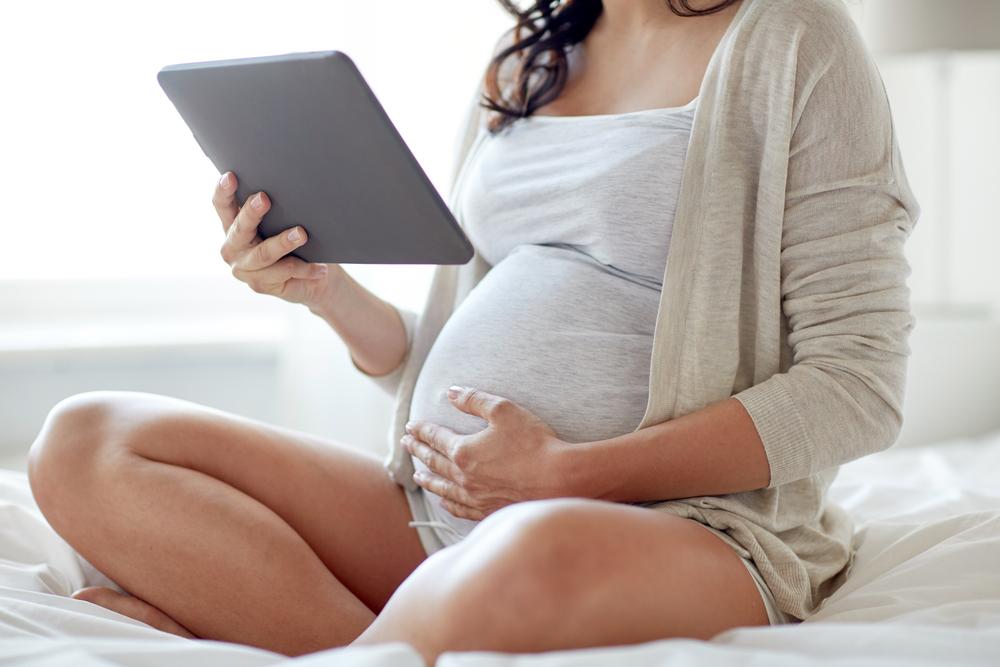Endometriosis
Endometriosis is where cells similar to those in the lining of the womb (uterus) grow in other parts of the body. It can have a big impact on your life, but there are treatments that can help.
Symptoms of endometriosis
Endometriosis is often found in areas around the womb, such as the ovaries, fallopian tubes and lining of the pelvis. It also sometimes affects organs, such as the bladder and bowel. Rarely, endometriosis is found in areas outside the pelvis, such as in the chest.
Symptoms happen when patches of endometriosis break down and bleed during your period but cannot leave your body.
You might have some symptoms during your period, such as:
- severe period pain, that stops you from doing your normal activities
- heavy periods, where you need to change your pads or tampons every 1 to 2 hours, or you may bleed through to your clothes.
- pain when you poo or pee
You can have other symptoms at any time in your menstrual cycle, such as:
- pain in your lower tummy and back (pelvic area)
- pain during or after sex
- extreme tiredness (fatigue)
- pain or bleeding in other areas, such as in the chest, which may cause shortness of breath and coughing up blood
You may also have difficulty getting pregnant and have low mood or anxiety.
Endometriosis is commonly diagnosed in women and girls, from when their periods start (puberty) through to menopause. It can affect anyone who has periods.
See a GP if:
- you think you might have endometriosis
- your symptoms are affecting your everyday life, work and relationships
- you've had treatment from a GP but your symptoms do not get better, or get worse
Tests for endometriosis
It can take a long time to diagnose endometriosis. You might need several different tests to find out if you have it.
This is because endometriosis symptoms can be similar to other conditions, such as:
- adenomyosis
- fibroids
- pelvic inflammatory disease
- irritable bowel syndrome
What happens at your GP appointment
A GP will ask about your symptoms and if any of your close relatives have had endometriosis. They may ask to do:
- a physical examination (including an internal vaginal exam) – to check your tummy (abdomen) and your pelvic area
- blood tests
Give your GP as much information about your symptoms as you can.
If they think you might have endometriosis, your GP may:
- refer you to a specialist called a gynaecologist for further tests
- offer medicines to help relieve your symptoms
Further tests
Further tests for endometriosis include:
- an ultrasound scan – this may be done on your tummy or inside your vagina
- an MRI scan
- a procedure called a laparoscopy (where a camera is passed through a small cut in your tummy) – this can confirm if you have endometriosis
It may be possible for doctors to remove any areas of endometriosis during your laparoscopy.





